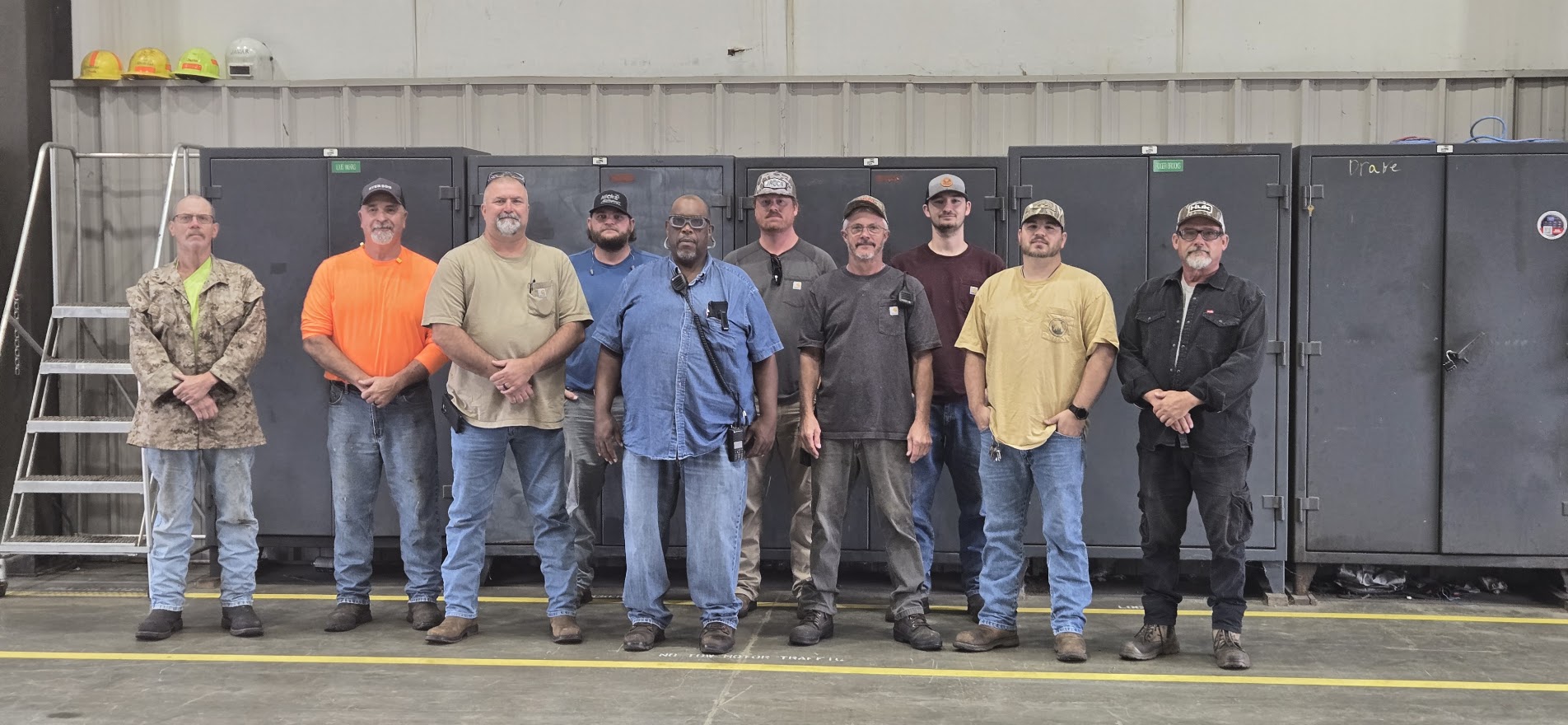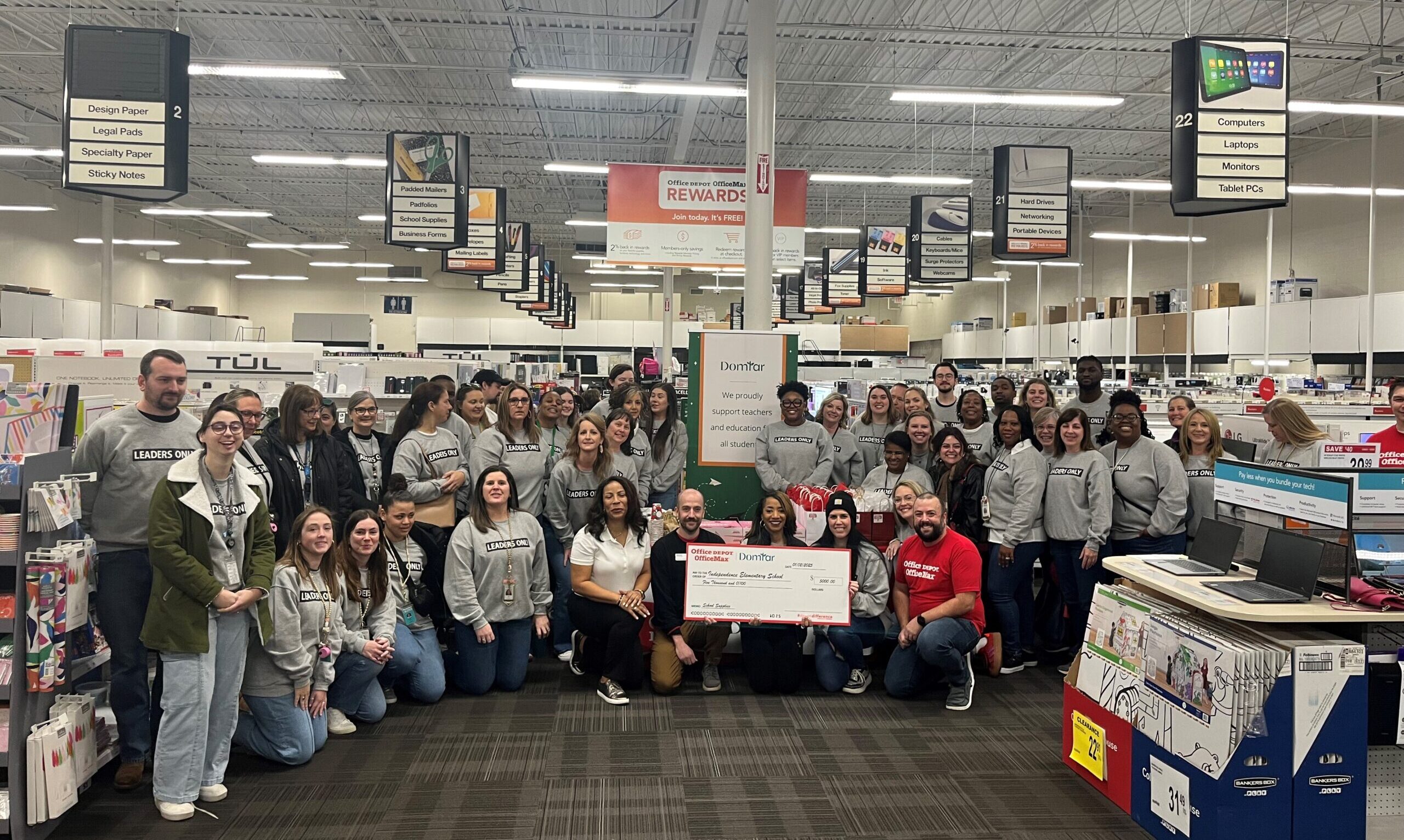Published paper specifications won’t tell you everything you need to know about paper performance. Use these tips to find the right paper for the job.
When it comes to choosing paper for your next project, just look at the paper specifications. They’ll tell you everything you need to know. Or will they?
In truth, the published paper specifications tell only part of the story. Information about basis weight, caliper, brightness and smoothness can help you narrow your search to give a starting point in considering the type of paper that is right for your project, but it won’t guarantee how a specific paper will perform compared to a similar product from a different manufacturer.
Lori Slovik, technology manager for Domtar’s Printing and Publishing Papers, notes that many papers with the same published specifications will behave quite differently on press. As an example, she recalls testing a new Domtar cover stock. Once the printer had the press settings correct for Domtar’s stock, they tested a competitor’s product with the same paper specifications.
“Immediately, we saw a significant drop-off in ink density and an increase in print mottle,” she says. “This was indicative of differences between the papers that were not related to the published paper specifications. Even though the printer had optimized the press for both sheets, the print quality differences could still be seen when looking at the sheets side by side.”
Slovik offers five tips for looking beyond paper specifications.
Choose Your Grade Carefully
Manufacturers usually offer multiple paper grades, with premium grades delivering better results than base grades.
“Domtar offers three brands in our commercial printing portfolio to give customers a variety of options for various projects, priorities and budgets,” Slovik says. “Husky® is our baseline offset printing grade. It’s going to print very well, but if you are looking to amplify a brand with high resolution printing that boosts details in imagery or graphics, you may want to step up to a higher grade of paper in the same basis weight.”
Look at Formation
How uniform is the paper structure? The more uniform it is, the more consistently it will print. “If you go into a press room, you’ll actually see printers hold up the paper and look through it with a light to see how uniform it is,” Slovik says. “That’s something that all mills try to control through fiber selection, how the fiber is refined and other variables in the manufacturing process. Just because a paper has the same opacity, brightness and smoothness as another product doesn’t mean it has the same sheet structure.”
Ask About Guarantees
Domtar guarantees that its products are designed to perform well in a variety of applications. “For example, if a customer is designing letterhead, they should choose a paper that been designed to be offset printed, cut into letterhead and then run through a laser or inkjet printer,” Slovik explains. “The sheet will have been engineered to have better curl resistance and static control, and it will be designed for other post-offset processes like folding and inserting. Another type of paper may not perform as well.”
Pay Attention to Cleanliness
If the paper’s surface is covered in fibers or if the edges aren’t cleanly cut, it won’t print well; debris creates voids in the printed images. “We have stringent processes in place to help us prevent that,” Slovik says. “If something we’re making isn’t up to standard, we’ll stop making it until we resolve the issue. We want to make sure we put our best product out there at all times.”
Demand Consistency
Look for a paper brand that delivers consistent results within and across its product lines. At Domtar, we have a detailed process that ensures each roll looks and performs the same from beginning to end, and that each brand is consistent across rolls and mills.
“We’ve seen situations where other brands have different mills producing the same product line, and there are differences in color, consistency and other factors between those facilities,” Slovik says. “We do a good job of managing consistency across our mills.”
The project may start with paper specifications, but it shouldn’t end there. Contact us to discuss factors that might impact print results so you can ensure the best paper is chosen for the job.







